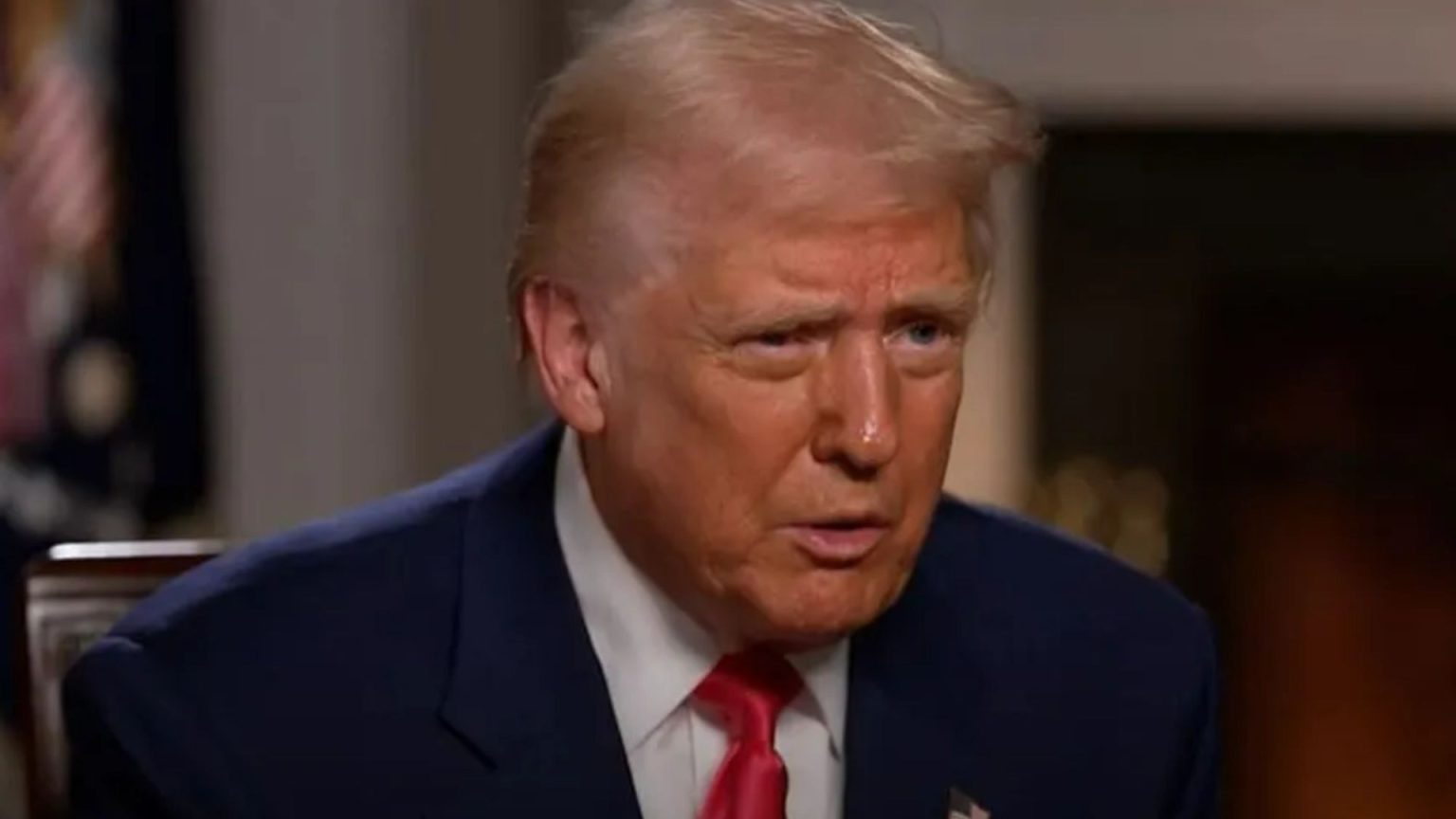A Week of High-Stakes Diplomacy and Tensions: Trump, Zelensky, and the Future of Ukraine
The Oval Office Showdown: Trump and Zelensky’s Heated Exchange
The week began with an explosive confrontation in the Oval Office between Donald Trump and Volodymyr Zelensky, a meeting that quickly went off the rails. Intended to finalize a critical minerals deal, the discussion instead descended into chaos. Trump, visibly frustrated, accused Zelensky of “gambling with World War Three” and labeled him “ungrateful.” The tension in the room was palpable, with all three men—Trump, Zelensky, and JD Vance—leaning forward, pointing fingers, and gesturing angrily. The fallout from this meeting sent shockwaves through Washington, with Trump issuing an ultimatum: “You either make a deal or we are out.” This statement cast doubt on U.S. support for Ukraine, leaving many to wonder what the future held for the embattled nation.
Zelensky Finds Support in Europe
In the wake of the Oval Office clash, Volodymyr Zelensky jetted to London for talks with UK Prime Minister Sir Keir Starmer. Starmer offered Zelensky a much-needed show of support, declaring that the Ukrainian leader had the “full backing” of the United Kingdom. This gesture was bolstered by the announcement of £2.6 billion in loans to support Ukraine’s war efforts. By the evening, Starmer was engaged in “constructive” calls with both Trump and French President Emmanuel Macron, emphasizing that Ukraine’s allies were at a “turning point” in the conflict. The message was clear: Europe stood firmly behind Ukraine, even as tensions with the U.S. simmered.
Europe Rallies Behind Ukraine
The following day, Europe’s commitment to Ukraine was on full display at a crucial security summit hosted by Starmer at Lancaster House. Dozens of nations attended, including France, Canada, and the European Union, to discuss the ongoing conflict and the future of U.S.-Europe relations. The summit saw a significant push for a new military alliance aimed at guaranteeing Ukraine’s security. Starmer unveiled a “coalition of the willing” tasked with devising a peace plan to end the war, emphasizing that Europe must “do the heavy lifting” while still seeking America’s support. He also announced a £1.6 billion finance deal to help Ukraine purchase over 5,000 missiles, signaling that the flow of weapons and economic pressure on Russia would continue.
Trump’s Continued Criticism of Zelensky
As the week progressed, Trump’s discontent with Zelensky only intensified. On Monday, March 3, Trump took to Truth Social to lambaste the Ukrainian leader, calling him a “guy who doesn’t want there to be peace.” This verbal attack followed Zelensky’s comments that an end to the conflict with Russia was still “very, very far away.” Hours later, Trump escalated tensions further by freezing all U.S. military aid to Ukraine, a move that would remain in place until Zelensky’s government demonstrated a commitment to peace negotiations. This decision sent shockwaves through diplomatic circles, raising questions about the future of U.S.-Ukraine relations.
Zelensky Extends an Olive Branch
In an effort to mend fences, Zelensky publicly expressed regret over the Oval Office altercation and reaffirmed his willingness to work with Trump. The Ukrainian leader outlined his vision for peace, which included bringing all parties to the negotiating table, banning missiles and drones, and releasing prisoners of war. In a statement on X, Zelensky emphasized that “none of us wants an endless war” and that Ukraine was ready to negotiate as soon as possible to achieve a lasting peace. This olive branch seemed to soften Trump’s stance, at least temporarily, as the U.S. President later revealed that Zelensky’s letter expressed a willingness to negotiate.
Trump’s Address to Congress and the Path Forward
The week took another dramatic turn when Trump addressed Congress, vowing to end the war in Ukraine. During his fiery speech, Trump revealed that he had received a letter from Zelensky indicating that negotiations with Russia were imminent. The U.S.-Ukraine minerals deal, a focal point of the earlier Oval Office showdown, was also reportedly ready to be signed. Trump’s address was followed by an emergency defence summit in Brussels, where European leaders, including Macron and Zelensky, discussed Ukraine’s defence needs and its potential accession to the EU. The week concluded with Trump blasting Putin and threatening severe economic sanctions on Russia unless a ceasefire and peace agreement were reached. The world watched in awe as Trump’s rhetoric shifted once again, leaving many to wonder what the coming days would bring. Through it all, the stakes remained high, with global stability hanging in the balance.


